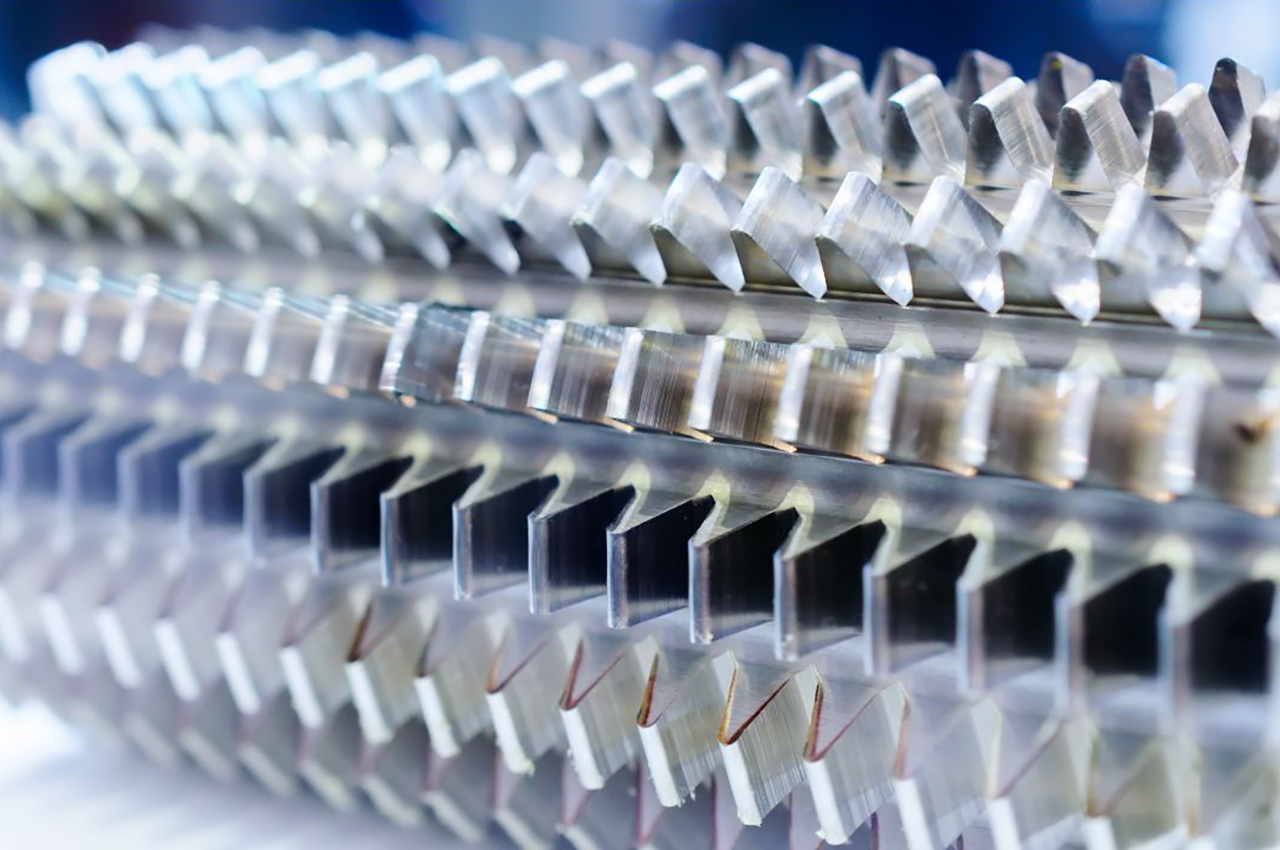
By C.Selvaraj
Heat treatment is one of the critical process in gear manufacturing. In this article, we address the crucial factors that need to be addressed. These are as follows:
During the design stage based on the application and gearbox rating, design engineers decide the raw material grade that is to be used for the gears. To achieve the correcting rating and get the required service factors, they design the gear tooth parameters like module, helix angle, gear face width, and so on. According to the gear modules, they calculate the desired case depth. Additionaly, based on the raw material selection, the design engineer takes into account the type of heat treatment process, a gear will undergo such as hardening, case hardening, induction hardening, or gas nitriding to name a few.
At any heat treatment facilty, different types of gears arrive for the heat treatment process. Various types of components together may be available during this stage. The concerened heat treatment personnel first seggregate the components based on the type of heat treatment to be carried out on the components like case hardening or nitriding or through hardening components.
In case of case-hardened components, further segregation is required based on the case depths wherein the carbon inducing process time will vary. Thus, the need for segregation. For instance, we can’t load a 1mm case depth component and 2mm case depth component together in one batch.
 Fixturing of components play a crucial role in the heat treatment process; this depends on the furnace capacity fixture to be designed. To avoid distortion, proper bushes are prepared for bore type components, so the components do not hit each other. The fixture is prepared accordingly to ensure a gap between the components remain. Similarly, based on the weight of the components and fixture, lifting bolts are fixed. Additionally, necessary test pieces are prepared and fixed along with the components. It is important that the test piece materials should be of same specification as the components. This is done for inspection purposes where post the carburising process, test pieces have the correct case depth.
Fixturing of components play a crucial role in the heat treatment process; this depends on the furnace capacity fixture to be designed. To avoid distortion, proper bushes are prepared for bore type components, so the components do not hit each other. The fixture is prepared accordingly to ensure a gap between the components remain. Similarly, based on the weight of the components and fixture, lifting bolts are fixed. Additionally, necessary test pieces are prepared and fixed along with the components. It is important that the test piece materials should be of same specification as the components. This is done for inspection purposes where post the carburising process, test pieces have the correct case depth.
The calibration of furnaces help maintain uniform heating, and leads to energy-saving measures. Similarly, rectifying a furnace also helps avoid energy losses. Using flow meter calibration, gas wastage can be minimized, too. The calibration of hardness testers, and microscope offer error-free readings for case depth and hardness values.
Any good heat treatment shop is well-equipped with a laboratory facility, and has the necessary instruments. To ensure carbon potential, a laboratory should have a carbon analysis facility.
Other laboratorial equipment includes a hardness and microstructure analyser instrument, a SKADA control with software to control aecton and methanol flow rates. A hydraulic press is required for pinion shaft bend removal. Every component history need to be maintained as traceability is a critical area in heat treatment.
For better results, the above-mentioned factors are to be meticulously followed. Additionally, attention must be paid towards quenching oil quality and cleanliness. By doing so, good components post heat treatment can be achieved.